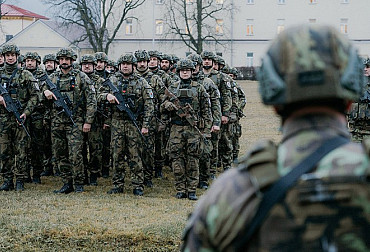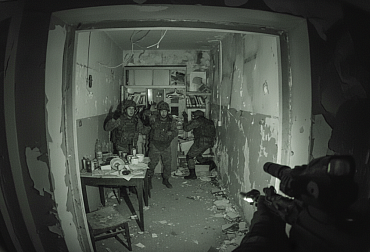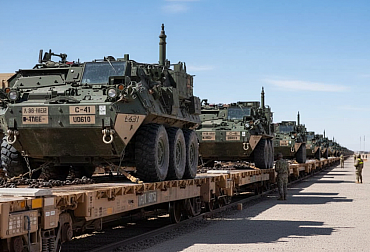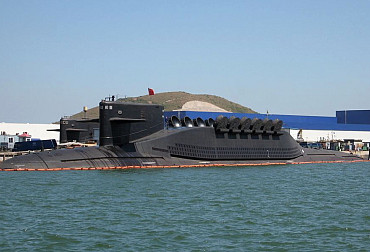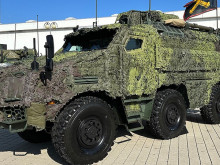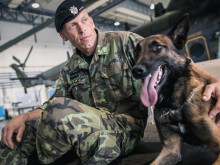New MADR 3D radars: a clear technological shift for the entire radiotechnical army of the Czech Armed Forces
We visited the 3rd Radio Engineering Company, 262nd Radio Engineering Battalion, 26th Command, Control and Reconnaissance Regiment in Stará Ves nad Ondřejnicí, where we had the opportunity to get acquainted with the new EL/M-2084 (MADR 3D) radar from the Israeli supplier Israel Aerospace Industries (IAI), which the Czech Army is currently introducing into its armament.
Video: Presentation of the new Israeli EL/M-2084 (MADR 3D) radar in the Czech Armed Forces / CZ DEFENCE
Military tests of this new radar were conducted at the 3rd Radio Engineering Company and currently two Israeli radars are already in place. In total, the new radars will be deployed in five radio technical companies platoons, where they will replace the already obsolete Soviet equipment. The unit itself has undergone several modifications prior to the arrival of the new systems, mainly related to the modernization of the fixed infrastructure, including the construction of secure "Secret" classification areas, perimeter protection, etc. The 3rd Radio Engineering Company is the easternmost deployed unit, while the other units of the 262nd Radio Engineering Battalion are distributed throughout the Czech Republic to ensure nationwide radar coverage.
The 3rd Radio Engineering Company performs tasks within the framework of the NATO Integrated Air and Missile Defense System (NATINAMDS) and the National Air Defense Reinforcement System (NaPoSyPVO) of the Czech Republic. The unit performs tasks related to continuous airspace reconnaissance, i.e. in the so-called 24/7 mode, when the given information is transmitted to the 261st Control and Reporting Centre (CRC) for the purpose of providing air traffic services within air traffic control. This information is important to the combat radar controllers (called air traffic controllers), who use this information to 'guide' the alert aircraft to the target while ensuring safe separation from civilian aircraft.
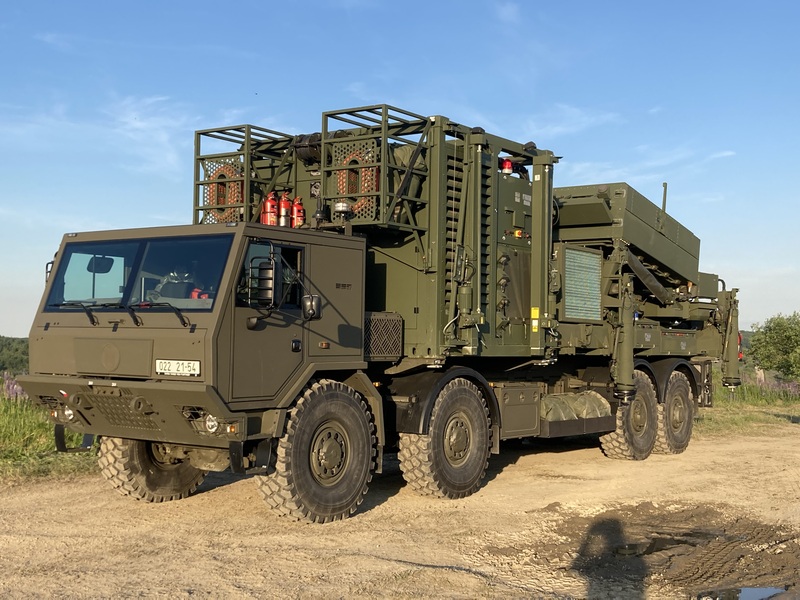
To ensure these tasks, the Czech 2D surveillance radar RL-4AS or RL-5M is currently used. As already mentioned, the new MADR radar replaces already obsolete systems of Soviet provenance, such as the P-37 rangefinder, PRV-17 altimeter or ST-68U 3D radar, which will be permanently retired from service.
Throughout our visit, we were accompanied by Colonel Zdeněk Patera, Head of the Radio Engineering Department of the Force Development Section of the Ministry of Defense, who also answered our questions. When asked whether the current number of 3D radars (8 units) is sufficient for our army, Colonel Patera replied that ideally the number of radars should be higher, however, the current number of purchased units is sufficient to ensure the minimum operational requirements defined by NATO. The exact number of radars then depends on the specific capabilities that the Czech Army wants to have, which is, among other things, the subject of the Conception of the Build-up of the Czech Army.
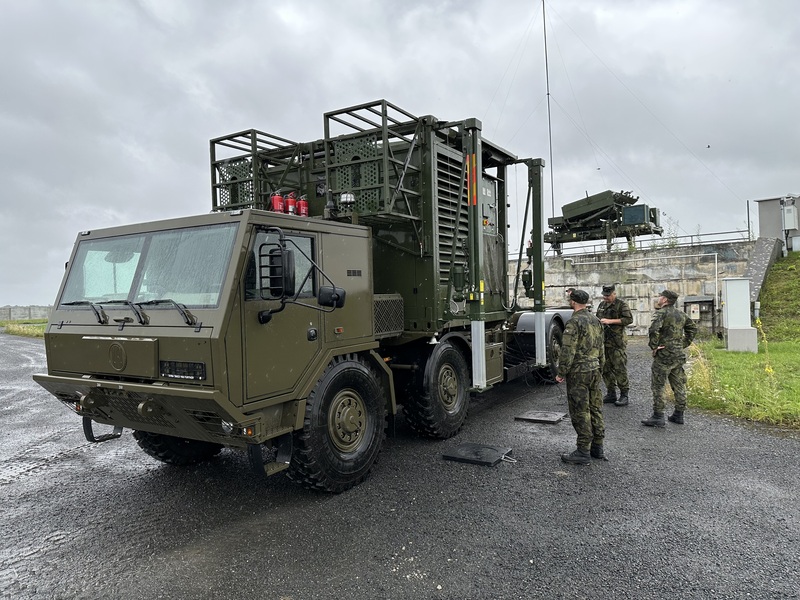
In addition to the already mentioned eight EL/M-2084 3D radars for the 26th Command, Control and Reconnaissance Regiment, our Army, or rather the 25th Anti-Aircraft Missile Regiment, should receive additional MADR radars as part of the acquisition of the modern Israeli SPYDER missile system. The role of these radars will be, among other things, to provide support for the activities of ground-based air defense assets within the brigade task force or to provide protection of objects important for national defense. In any case, for both of these units, the information obtained from the radars can be shared with the unified command and control system or passed on. The radars intended for the 26th Command, Control and Reconnaissance Regiment and the 25th Anti-Aircraft Missile Regiment should be interchangeable, but they differ in their configuration. The systems intended for the 26th Regiment are mounted on the platform of a Tatra 8x8 vehicle, which, in addition to the radar itself, also houses the power supply unit (RPU). The system also includes mobile local control console (RLCC) boxes, which are brought out into a tent or building. As part of a more rapid rollout of the system, the Army is now tackling a follow-on project that will provide a companion vehicle to the MADR system with the local control console already integrated. For the SPYDER system (intended for the 25th Regiment), a radar is mounted on the chassis of a Tatra 8x8 vehicle, and a container with a built-in operator's room, including a power system in the form of a power pack, is mounted on a second vehicle. The deployment/deployment and mobility of this system is thus higher than that of the radars intended for the 26th Regiment at this time.
We asked Colonel Patera what the introduction of the new MADR radars into the armament of the Czech Army means for the radio-technical troops. "It is clearly a technological shift for the entire radio-technical army, with the fact that from the beginning it was about replacing the old Russian radars with new modern technologies that will provide a wide range of capabilities that the army will then use to fulfil its tasks."
We were also interested in how such a 3D radar MADR actually works and where the data is sent. Colonel Patera then gave us a detailed description of the radar's functionality, including the data sharing process. The radar continuously captures targets, which it processes and evaluates (including Mode 5 IFF - identification friend or foe) and transmits to the local control console. This information is then passed over the airborne data network (the Czech Army's internal data network) to specific locations, such as in this case the 261st Command and Control and Awareness Center (CRC), where this data is integrated into the national Sector VS system and also into the Remote Radar Control Console (RRMC), which allows remote control of all radars at once. The information is then used for airspace reconnaissance, identification of detected objects, coordination with civil air traffic control, and for military air traffic control in guiding cash aircraft to the target in the event of "Alpha Scramble" or training flights.
We asked the commander of the 262nd Radio Engineering Battalion, Lieutenant Colonel Josef Ordelt, who was also present during our visit, what the term 3D actually means in the name of the MADR radar. We were also interested in what new capabilities the Israeli radar brings to our military. "The MADR radar is capable of detecting both conventional aircraft and small-sized targets, such as drones with low reflectivity, it is capable of detecting low and high flying targets, and it is also capable of detecting artillery and mortar munitions," replied Col. Ordelt.
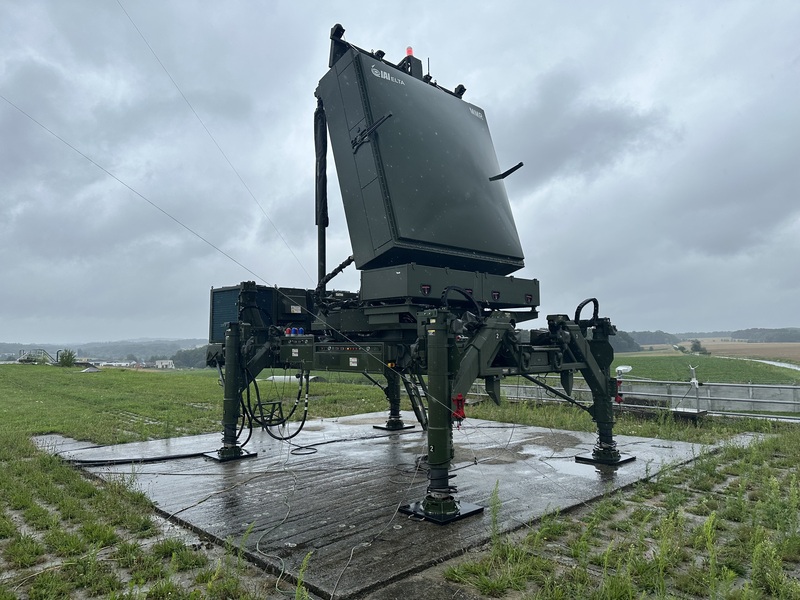
During our conversation with Colonel Patera, the question was also raised whether there is already a certain degree of artificial intelligence embedded at the control level, where the data is sent from the radars, or whether the information is still evaluated only by humans. We were told that some systems are already using automated processes, such as the Alliance's Air Command and Control System (ACCS) project, which has the capability to automatically assign identifications to aircraft, with the operator just checking that the assignments are correct. In the framework of the development and modernization of the Czech Army, especially in relation to the future operational environment, the introduction of breakthrough technologies, including artificial intelligence, etc., is also discussed.
We have also learned that there is a so-called radar overlap with neighbouring countries, which means that our radars also monitor a certain area beyond the borders of the Czech Republic, and the same is the case with, for example, Polish radars towards our territory. The reason for this is to ensure the permanent collection of information on aircraft flying over Europe. The identification of the aircraft is then linked to this, and the CRC then communicates with neighbouring countries.
Our next question was about the possible expansion of situational awareness capabilities in the airspace and possible cooperation with MADR radars in the event of the acquisition of F-35 aircraft, which are themselves capable of acquiring and evaluating huge amounts of data. Colonel Patera confirmed the high capability of the F-35 to identify and further monitor air targets with the possibility of subsequent data transfer to various command, control systems. He then sees the biggest challenge as the actual integration of the information obtained and its subsequent sharing with individual units in real time.
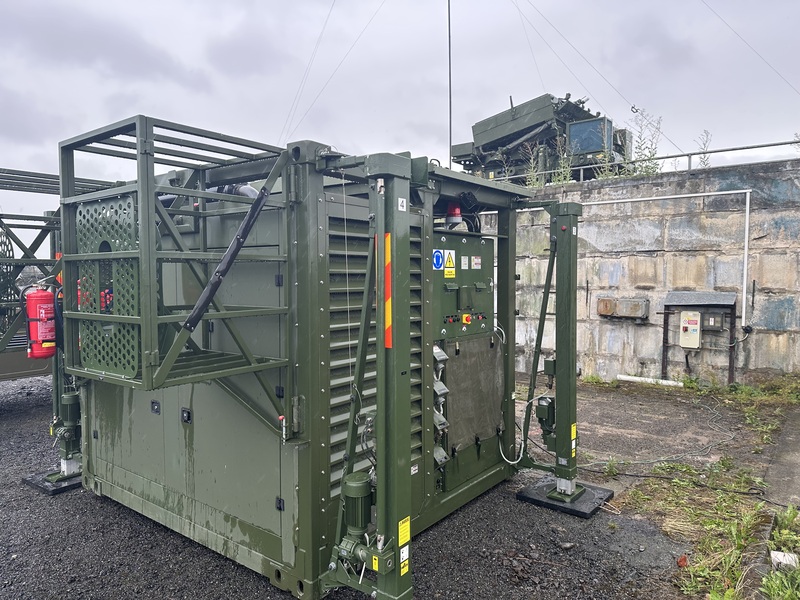
From the beginning, the Czech Army planned for MADR radars to have the ability to integrate data into the command and control systems of the air force, the fire control system of anti-aircraft batteries and the command and control system of the 25th Anti-Aircraft Missile Regiment. We were interested to know if the radars would be able to communicate with command, control within the RAM (Rocket, Artillery, and Mortar) munitions intercept or communicate with the equipment of the 13th Artillery Regiment, which will install the Adler III automated artillery fire control system in its vehicles to ensure full automation of fire control processes and coordination of artillery fire by the Army. We have been told that the MADR can intercept this type of ammunition, which could then be integrated into the artillery, but no specific project currently exists. Colonel Patera also mentioned that a similar sharing of information would be possible e.g. within the H-1 helicopter platform, etc., where the sharing of information across systems is absolutely crucial, as confirmed by the experience from the Ukrainian battlefield.
We wondered where we stand on ballistic missile protection. We learned that the current radars are not capable of detecting ballistic missiles, but there is a software modification that allows detection. The SPYDER system then requires missiles capable of destroying ballistic missiles, but the current configuration of the SPYDER system for the Army will most likely not include these assets.
The minimum distance between the two 3D radars should be 750 metres to avoid mutual damage due to their high performance. The lifetime of the new MADR radar is 20 years, which was also requested by the army. During this time, the life cycle is guaranteed, including upgrades and guarantee of all spare parts.
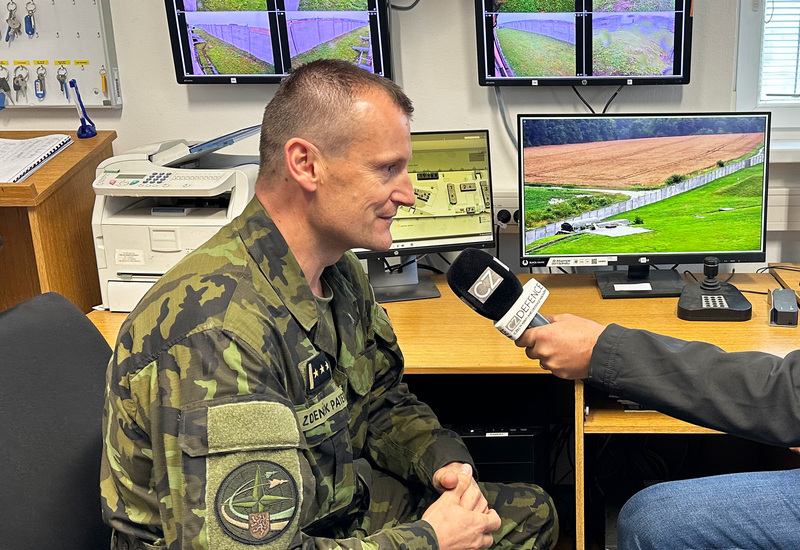
During our visit, we also had the opportunity to ask the chairman of the MADR 3D radar military test committee, Captain Otoupal, about his almost one-year experience with this Israeli system. "We have been debugging the system for almost a year and now the radar is ready to be connected to the system. The military trials showed that not everything was optimally prepared, but that is what military trials are for. The military tests have also shown that the radar is able to contribute to the system properly after some adjustments, especially the primary radar made us very happy after debugging," said Capt. Otoupal, who also added that one radar is operated by six people. The reason for this number is mainly due to the roll-out/roll-out of the system. The actual deployment of the radar and its operational preparation takes about 55 minutes. The same amount of time is needed to roll out the system. The operational operation of the radar can then be handled by a crew of two. Captain Otoupal also gave us an overview of what is included in the Israeli radar system. "The system includes the antenna as such, then the RPU (Radar Power Unit), where the central unit is built in, and all the RLCC console blocks are also located here. The Tatra 8x8 vehicle is also part of the package."
Kpt. Otoupal was also asked about the radar's range and the maximum number of targets that the radar is capable of intercepting. "The radar has an operational range of 250 km, with a maximum range of 350 km, while in full track mode it is able to work with up to 250 targets."
The complete upgrade of the national Sector VS system should be completed by the end of 2025, when all the capabilities of the MADR radars will be fully integrated into the system, according to Colonel Patera.
Our visit also included a dynamic demonstration of the development of the MADR 3D radar and its operational capabilities. Here I would like to thank all participating members of the 3rd Radio Engineering Company, including members of the command, who willingly presented the entire system to us despite the inclement weather.











